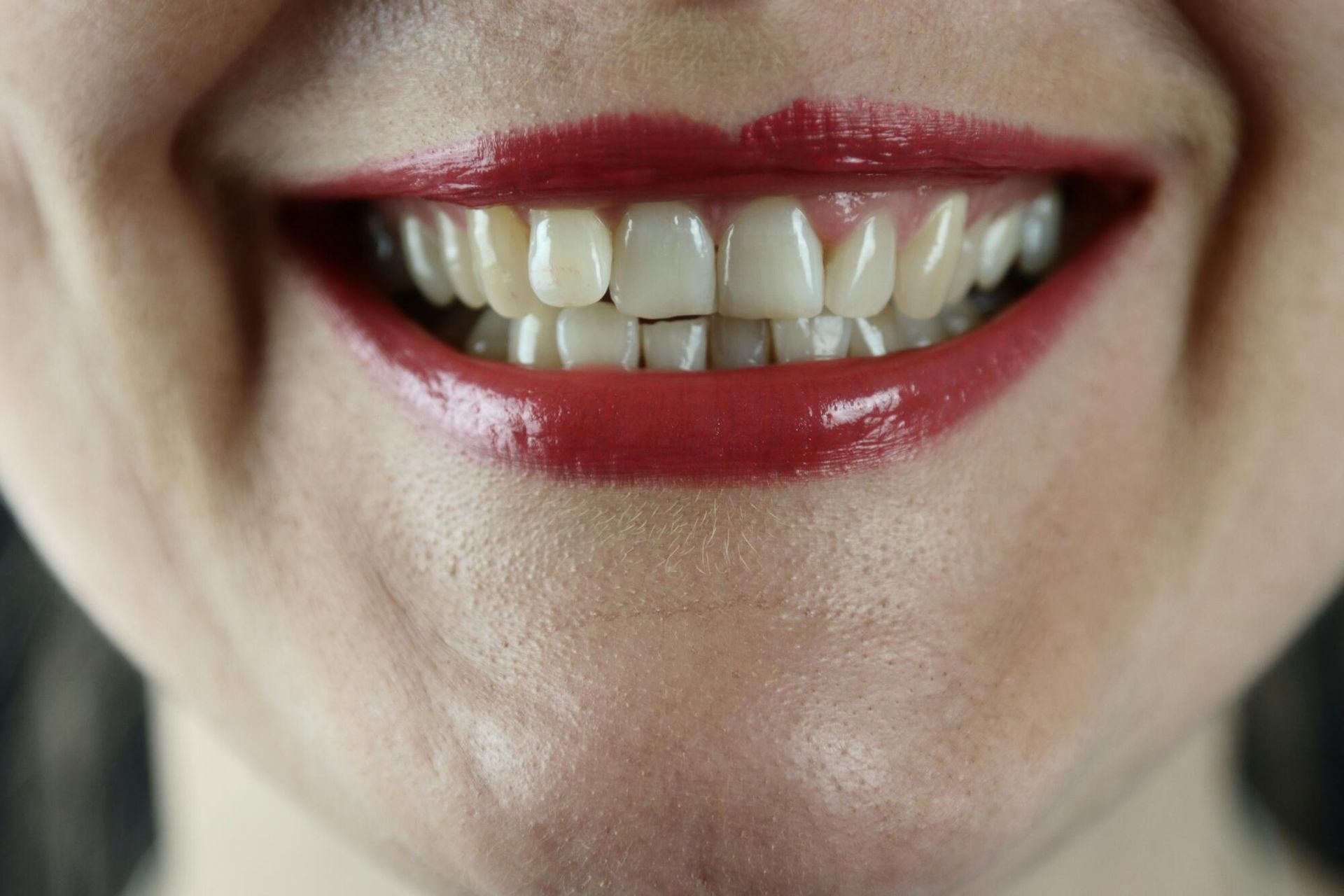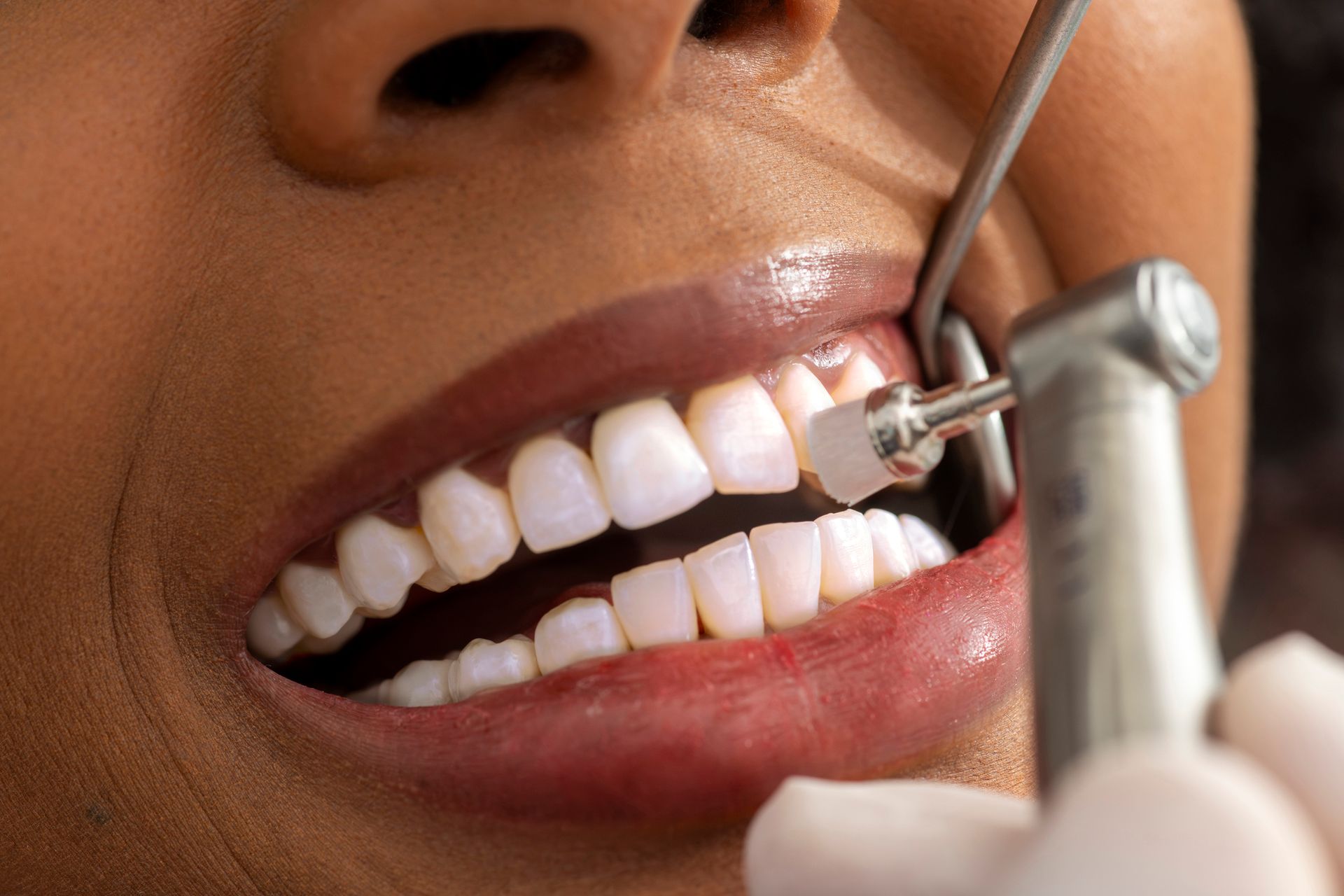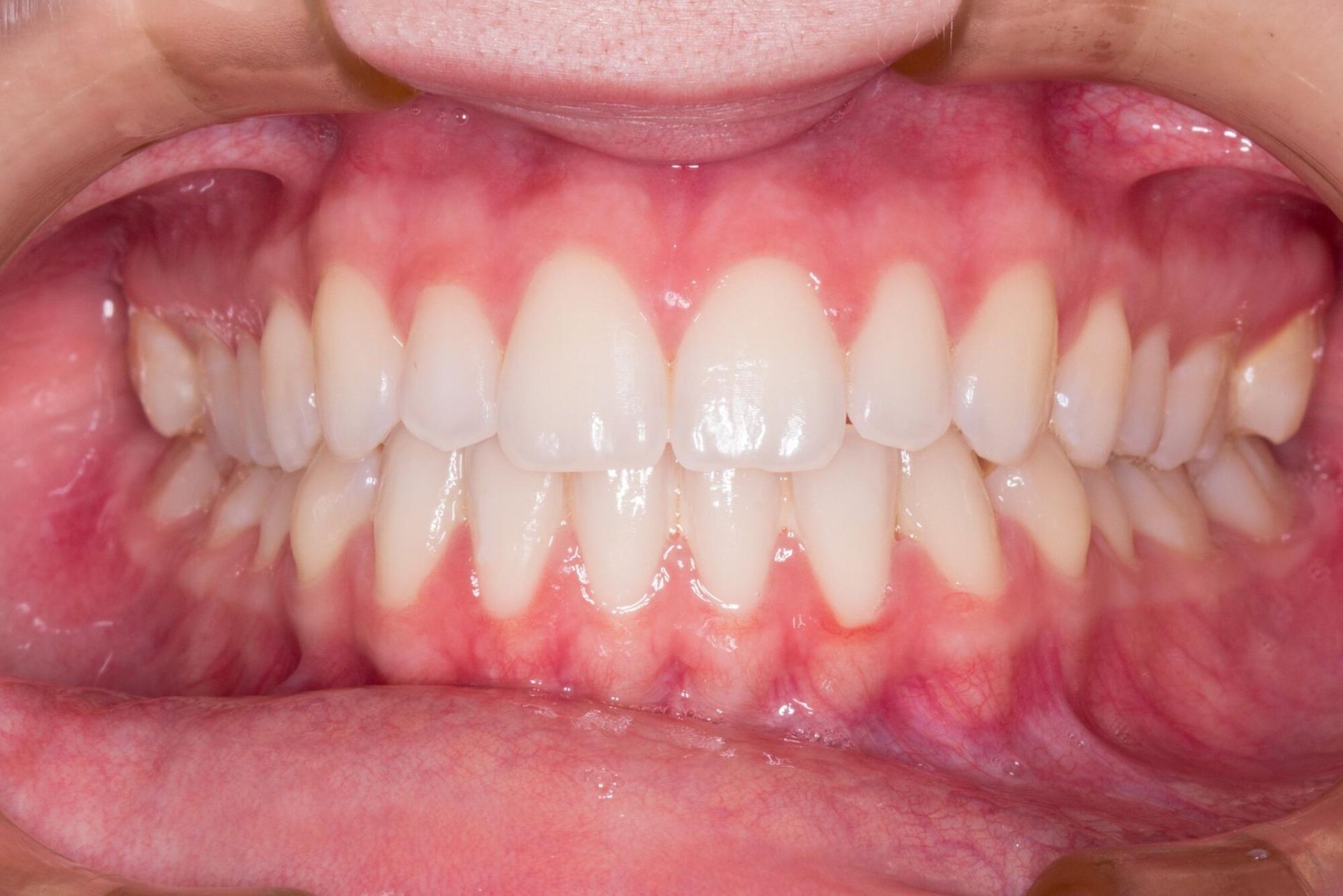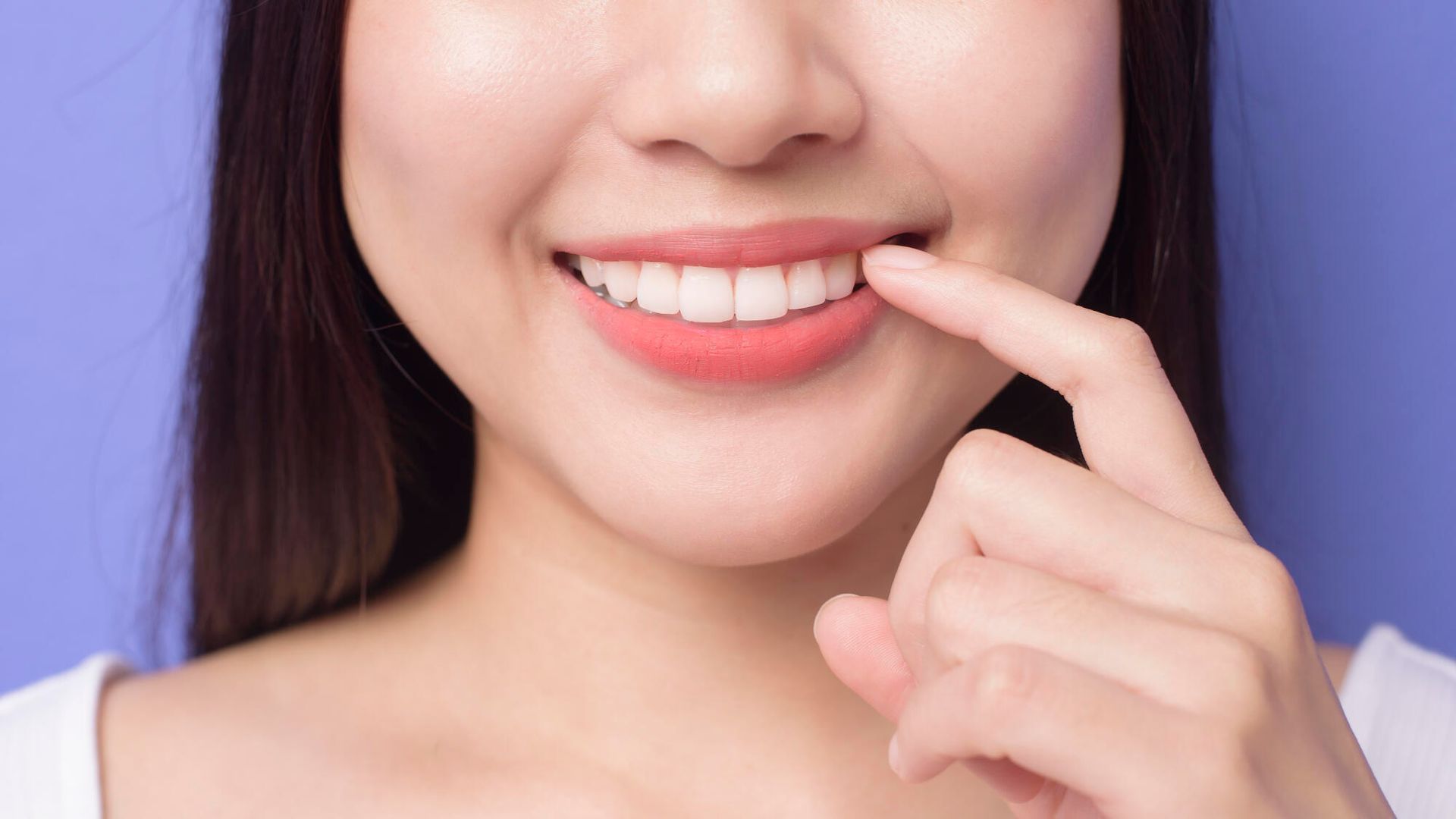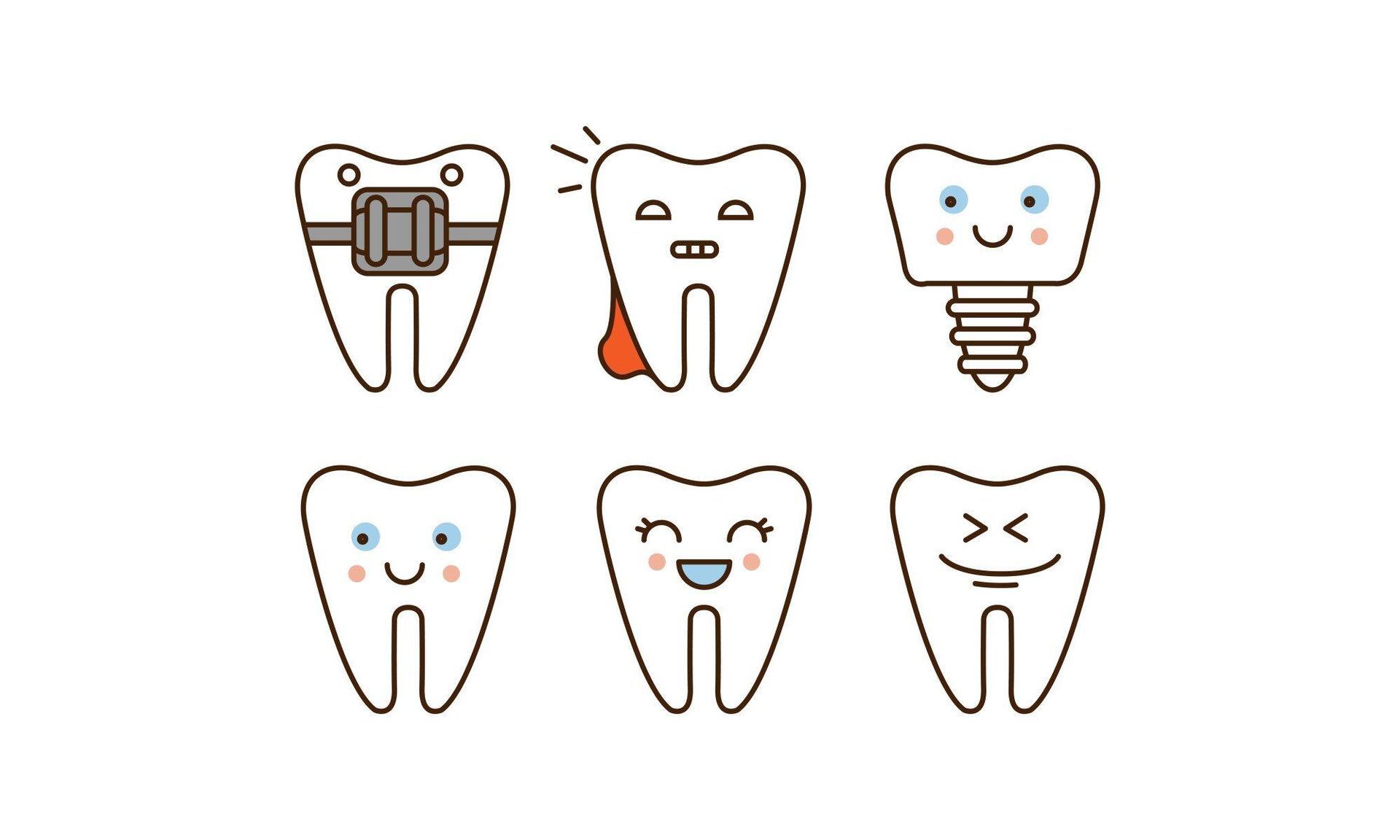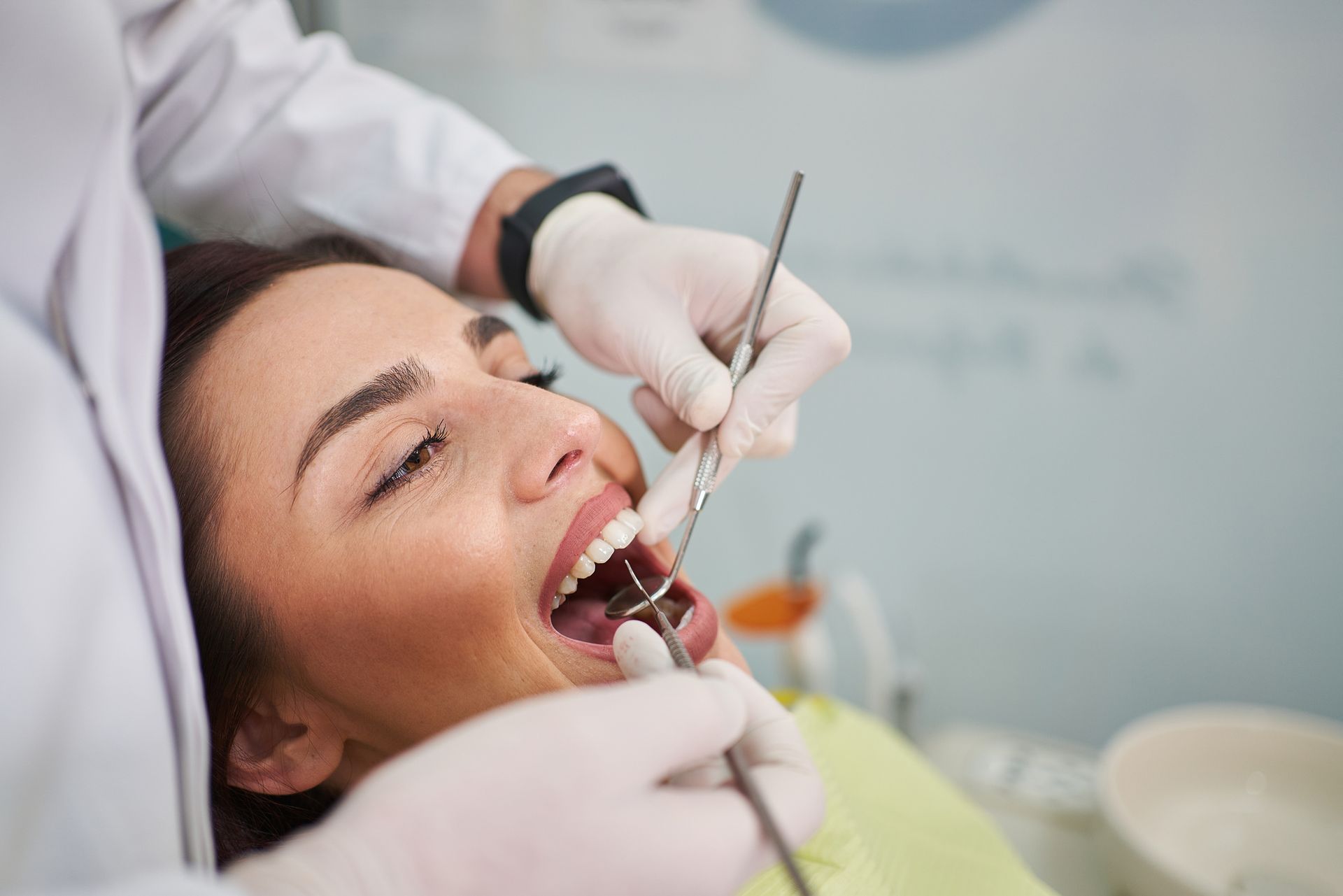You're sitting in the dentist's chair, nervously gripping the armrests as your dentist explains the next step to restoring your smile. You've come this far - whether it's preparing for a dental implant or addressing bone loss in your jaw - but now you're faced with a procedure that sounds intimidating: a dental bone graft.
Questions flood your mind: What exactly is it? How does it work? And why is it so crucial for your long-term oral health?
A dental bone graft might not sound glamorous, but it's a modern marvel in dentistry. This transformative procedure helps rebuild and strengthen the foundation of your jaw, ensuring a solid base for implants, better oral function, and even facial structure.
Read on to find out what is a dental bone graft?
What Is a Dental Bone Graft?
A dental bone graft is designed to rebuild or augment the jawbone by adding new bone material. This is often necessary for dental patients who have experienced bone loss because of:
- Tooth loss
- Gum disease
- Trauma
- Aging
When a tooth is missing for an extended period, the surrounding bone in the jaw can deteriorate because it no longer receives stimulation from the tooth root. This bone loss can weaken the jaw structure, compromise facial aesthetics, and make it difficult to support dental restorations like implants.
During a bone graft procedure, a dentist or oral surgeon places graft material into the affected area of the jaw. This material may be natural (from the patient or a donor) or synthetic.
Over time, the graft acts as a framework, encouraging the body to regenerate and integrate new bone around it. This process strengthens and stabilizes the jawbone, making it capable of supporting dental implants or other restorative treatments.
Benefits of Dental Bone Grafts
Dental bone grafts offer a range of significant benefits, particularly for individuals who have experienced jawbone deterioration.
Dental implants rely on a solid and stable jawbone to anchor securely. Bone grafts restore the lost bone volume, ensuring the jaw has sufficient density and strength to support implants. This not only enhances the procedure's success but also contributes to the durability and longevity of the implant.
When a tooth is missing from your mouth, the jawbone around the empty socket begins to shrink because of the lack of stimulation. Bone grafts help counteract this process by regenerating bone in the affected area, preserving the structure of the jaw, and preventing further resorption.
Bone loss in the jaw can lead to changes in facial appearance, often causing a sunken or aged look. By rebuilding the jawbone, bone grafts restore the natural contours of the face, enhancing both appearance and confidence.
Types of Dental Bone Grafts
Dental bone grafts come in several types, each tailored to meet particular patient needs and health conditions.
Autografts use bone harvested from the patient's own body. Typical areas used are:
- Chin
- Hip
- Tibia
Since the bone comes from the same individual, there is no risk of rejection, and it integrates seamlessly with the existing jawbone. Autografts are often considered the best option for bone grafting because of their compatibility and ability to stimulate natural bone growth effectively. However, they require an additional surgical site for bone harvesting, which may extend recovery time.
Alloplasts are synthetic bone graft materials made from biocompatible substances such as calcium phosphate or bioactive glass. These materials are designed to mimic natural bone properties and boost bone regeneration. Alloplasts are a suitable option for patients who prefer a grafting solution that does not involve human or animal bone.
Xenografts use bone derived from animals, most commonly cows. The bone material is processed to make it biocompatible and safe for human use. Xenografts act as a scaffold, encouraging the patient's natural bone to grow around the graft material. This type of graft is widely available and effective, making it a viable option for many patients.
Ask your oral surgeon what they recommend for your dental health.
Preparing for a Dental Bone Graft
Your Texas dentist or oral surgeon will begin by evaluating your oral health and the condition of your jawbone. This typically involves taking X-rays or a CT scan to find out the extent of jaw bone loss and determine the best type of graft for your needs.
If you are planning to get dental implants, the evaluation will focus on ensuring the graft can provide a strong foundation for the implants.
If you smoke, your dentist will likely advise you to quit before and after the procedure. Smoking can cause problems during the healing process and reduce the success rate of the graft. Avoiding tobacco use during the healing period is critical to achieving the best outcomes.
Recovery and Aftercare
While the dental implant healing process varies from patient to patient, proper care during the recovery period promotes bone integration and minimizes complications.
In the days following dental bone surgery, stick to a diet of soft foods to avoid placing pressure on the tooth replacement graft site. Some foods that are gentle on the jaw and reduce the risk of disturbing the graft include:
- Yogurt
- Mashed potatoes
- Soup
- Smoothies
Avoid hard, crunchy, or sticky foods that could irritate the area or dislodge the graft material.
Keeping the recent surgical site clean is super important for preventing infection. Your Texas dentist may ask you to rinse out your mouth with a prescribed antimicrobial mouthwash or warm salt water solution. Be gentle when brushing your teeth daily, avoiding the grafted area to prevent disruption.
Follow-up appointments allow your dentist or oral surgeon to monitor the healing process after oral surgery and ensure your dental bone graft integrates successfully with the natural bone. They may take X-rays to evaluate progress and determine when it's safe to proceed with further dental treatments, such as implant placement.
What Is A Dental Bone Graft? Now You Know
What is a dental bone graft? It's an important part of keeping up top-notch oral health.
Are you searching for a dentist in Pasadena, TX? Marconi Dental Aesthetics is led by Dr Rubi Marconi, who uses her decades of dental experience to ensure each of her patients feels comfortable and gets the results they want.
Check out our website to learn more.
